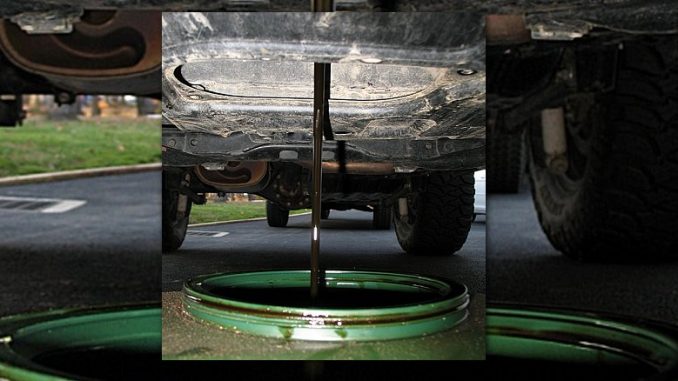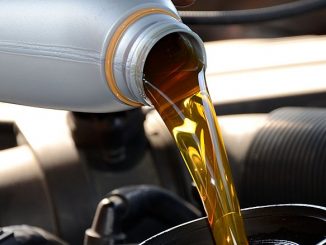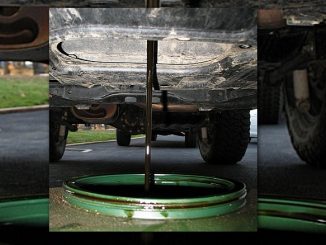
Motor oil recycling is the process of restoring the motor oil to its original state, removing dirt and chemicals. Industrial and automotive used oils are recycled at re-refineries. The used oil is first tested to determine suitability for re-refining. Once a shipment of used oil is deemed suitable, it is first dehydrated, a process which removes water which is then treated before being released to the environment. Dehydrating also removes light fuels that are used to power the refinery and captures ethylene glycol for re-use in recycled antifreeze.
Next, industrial fuel is separated out of the used oil then vacuum distillation removes the lube cut (that is, the fraction suitable for reuse as lubricating oil) leaving a heavy oil that contains the used oil’s additives and other by-products such as asphalt extender. The lube cut next undergoes hydro treating, or catalytic hydrogenation to remove residual polymers and other chemical compounds, and saturate carbon chains with hydrogen for greater stability.
Final oil separation, or fractionating, separates the oil into three different oil grades: Light viscosity lubricants suitable for general lubricant applications, low viscosity lubricants for automotive and industrial applications, and high viscosity lubricants for heavy-duty applications.
The final step is blending additives into these three grades of oil products to produce final products with the right detergent and anti-friction qualities. Then each product is tested again for quality and purity before releasing it to the public for resale.
Re-refining process produces products indistinguishable from products produced by conventional refining.


